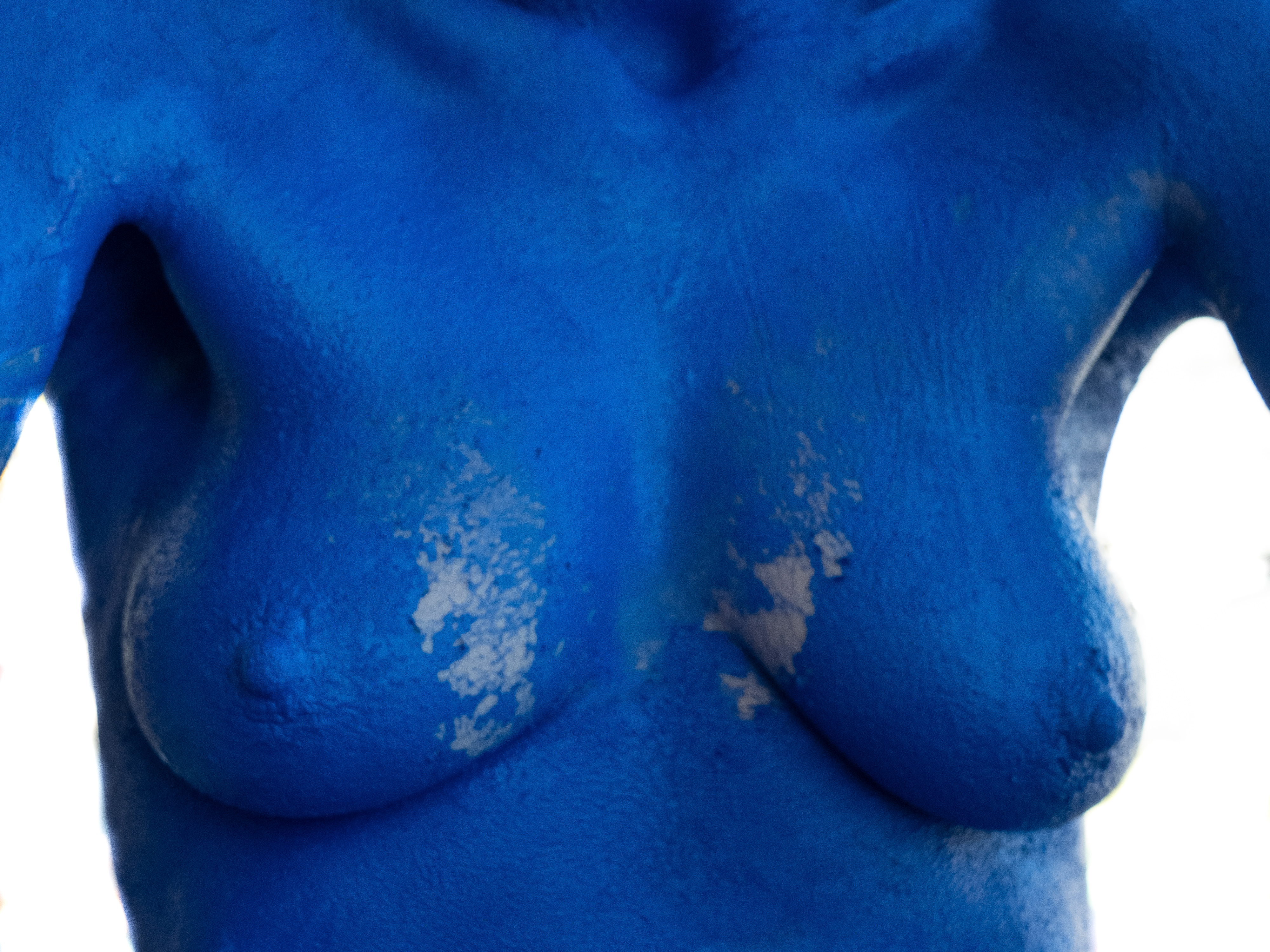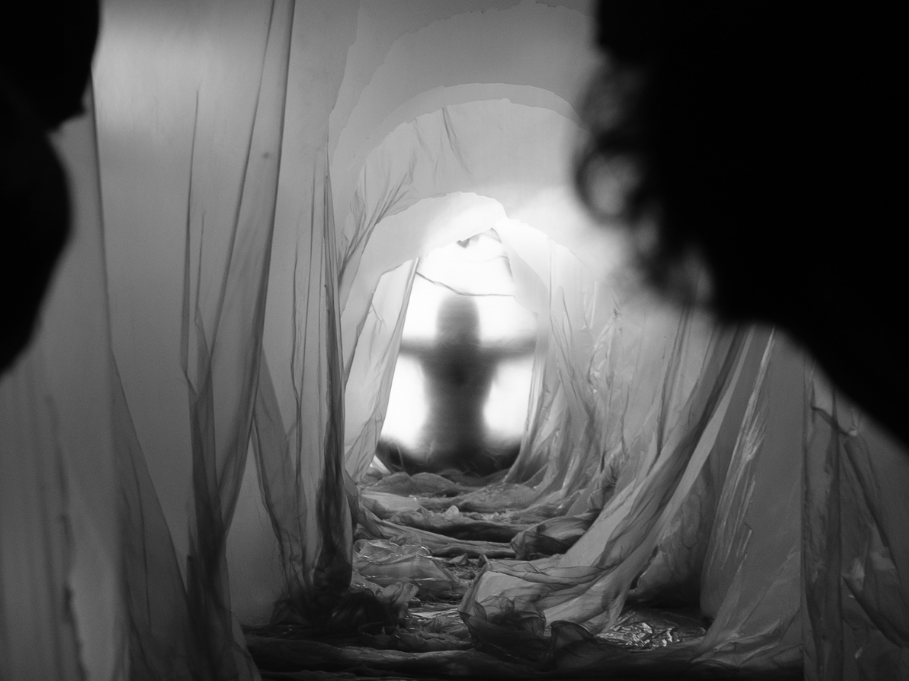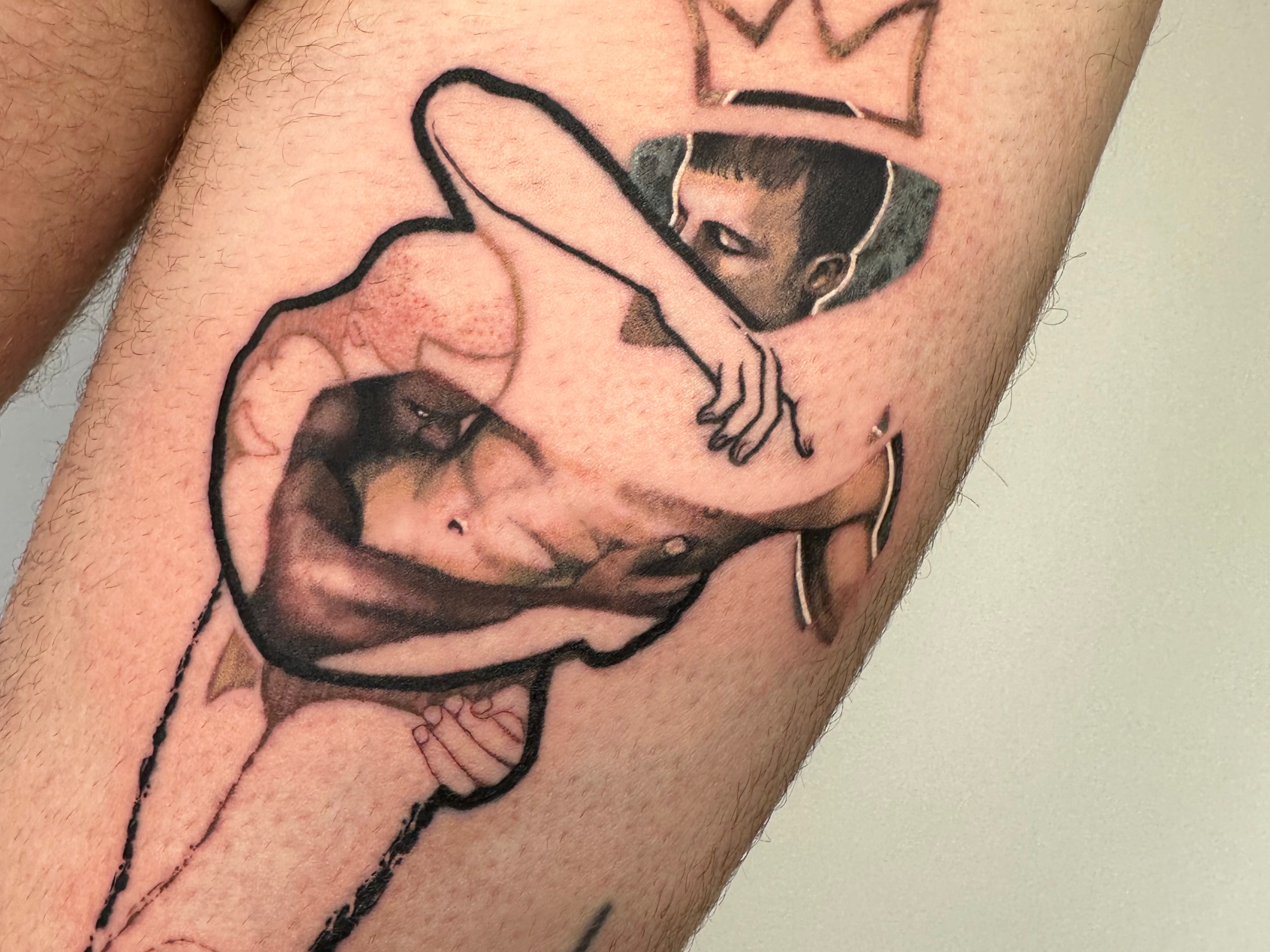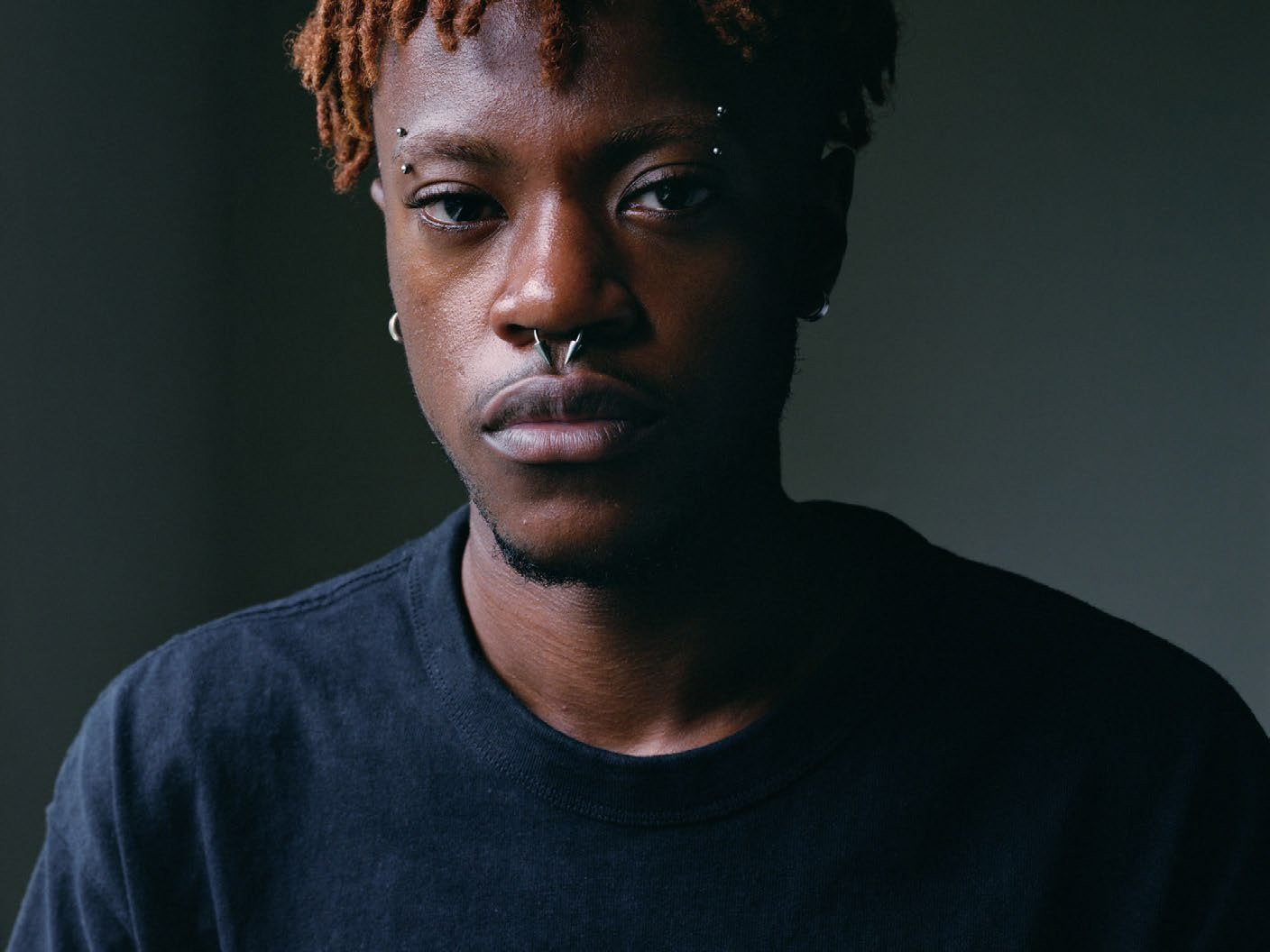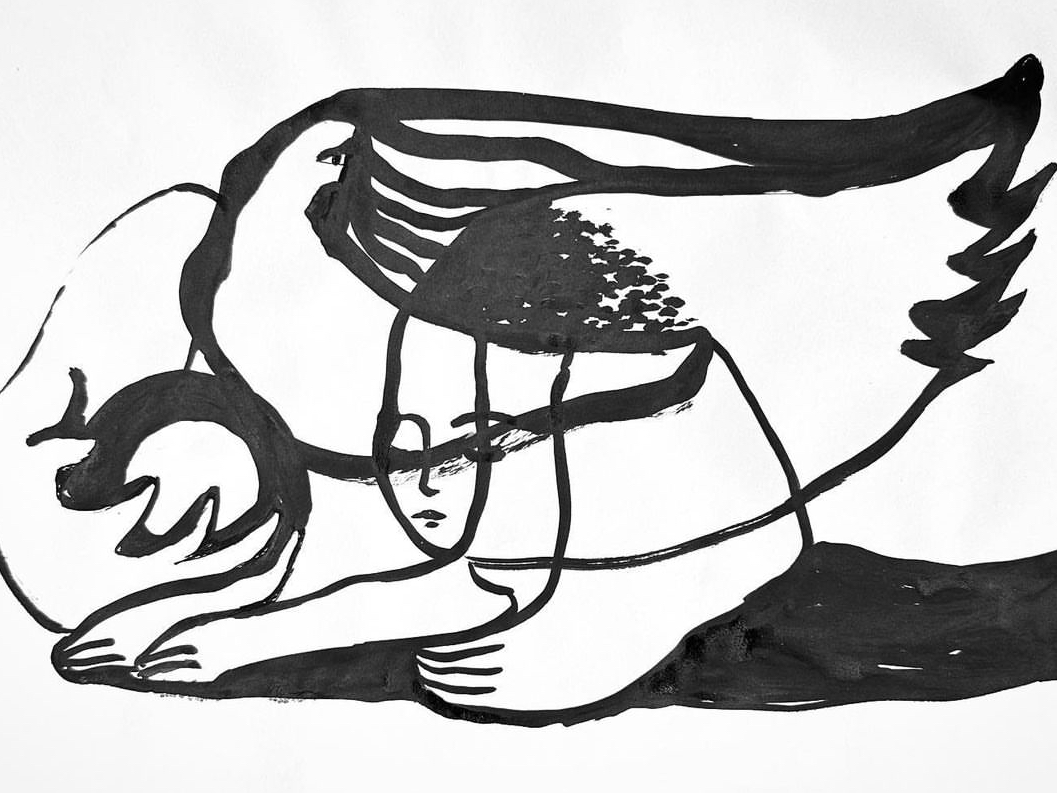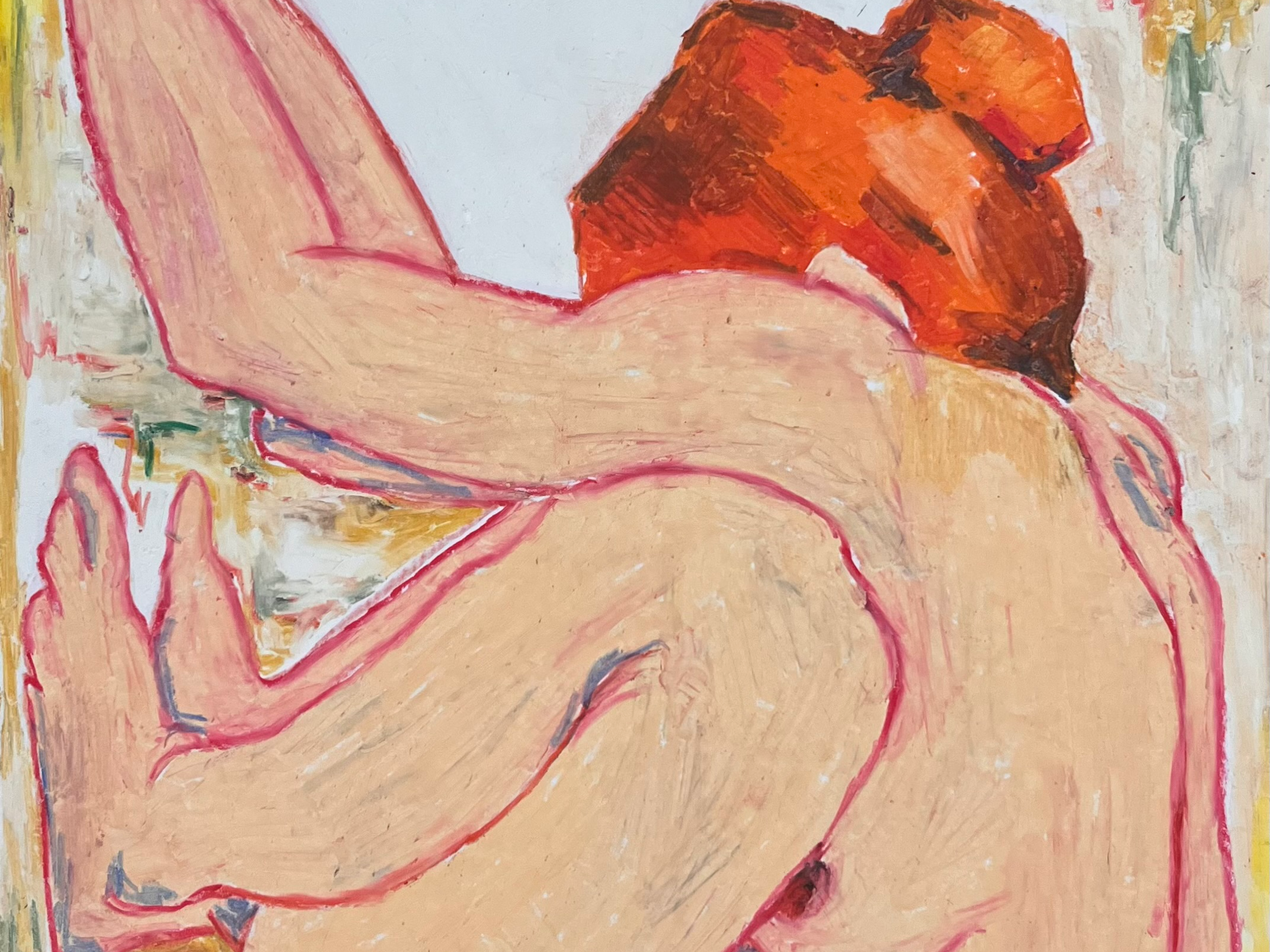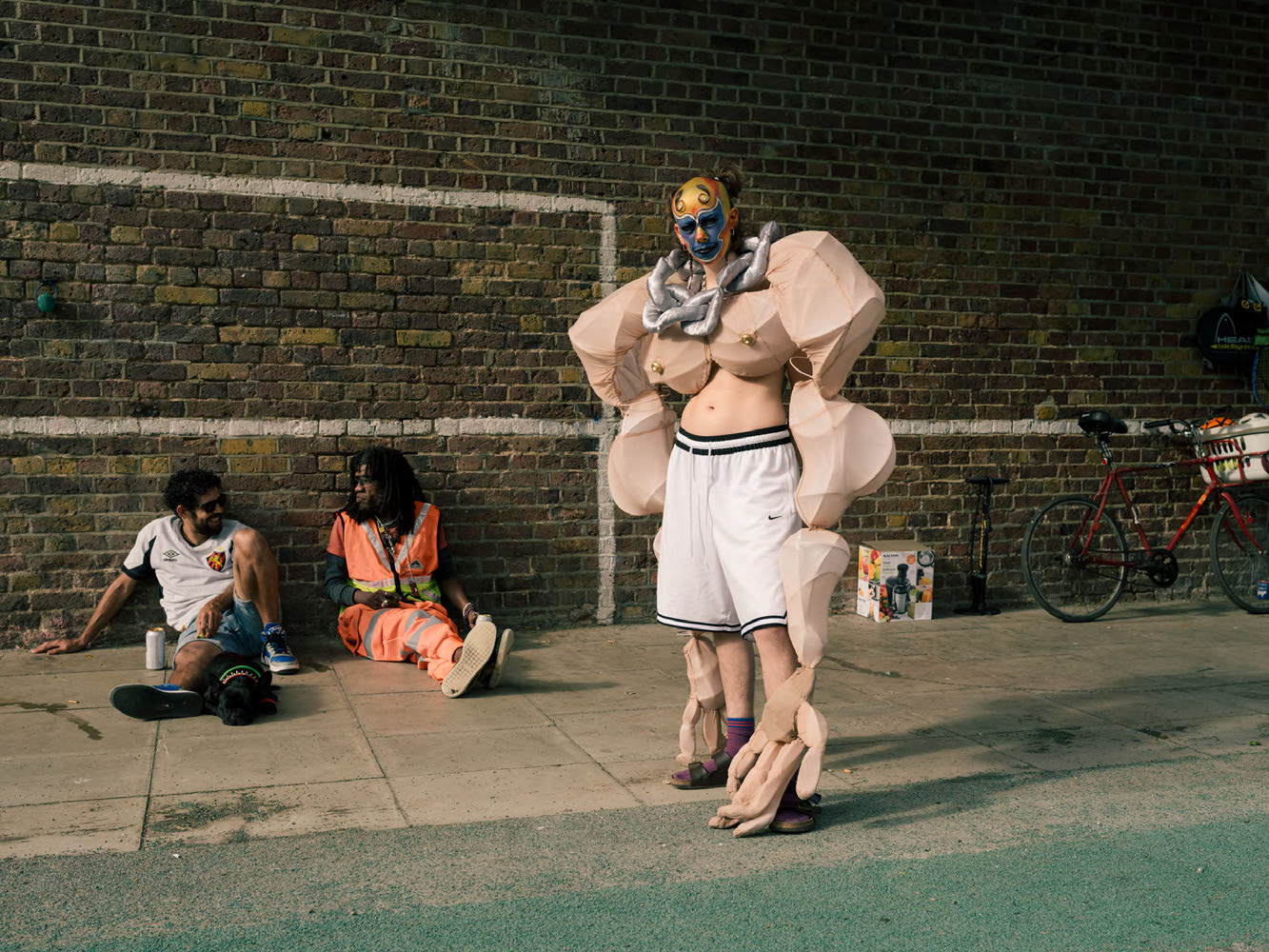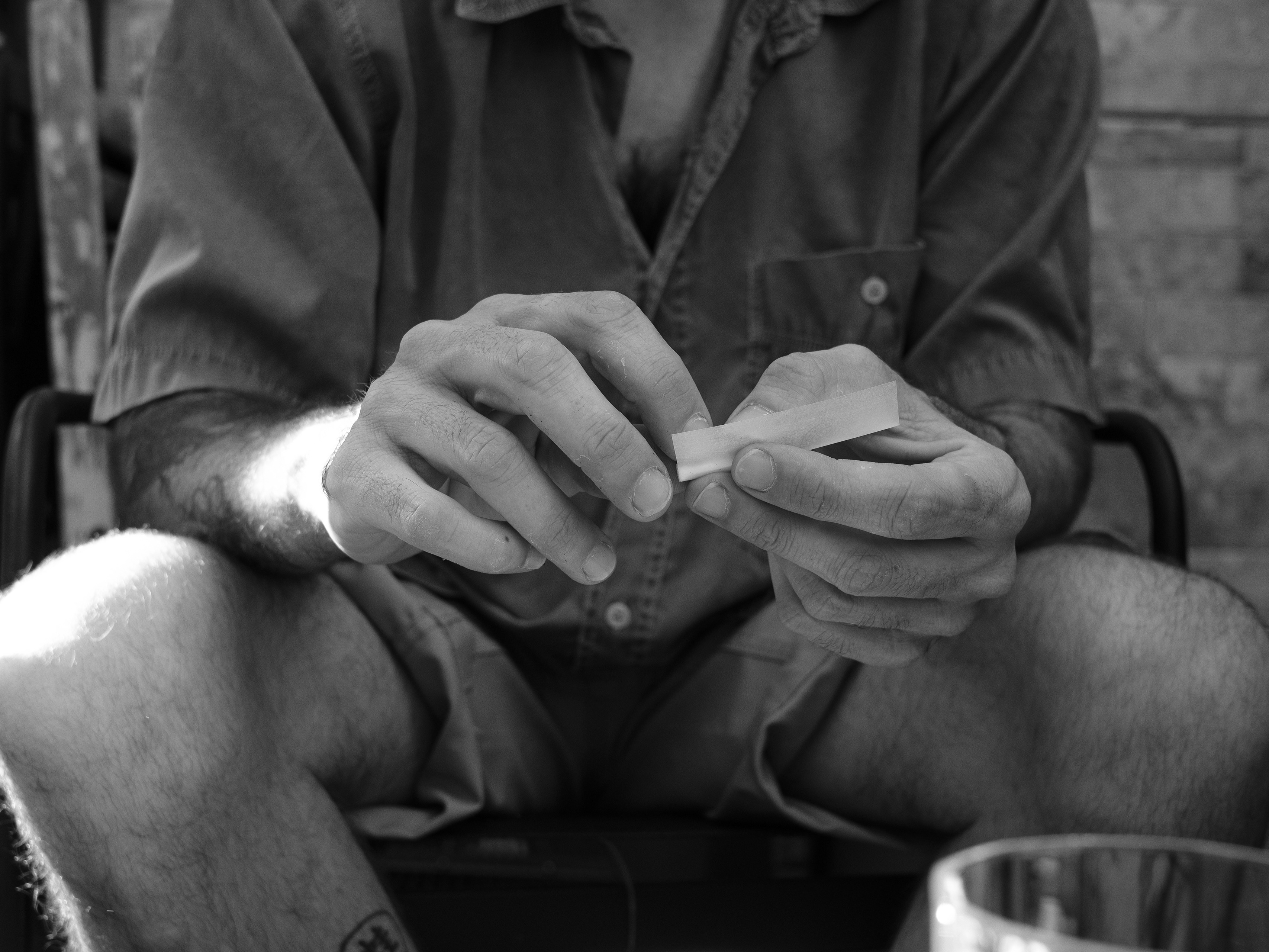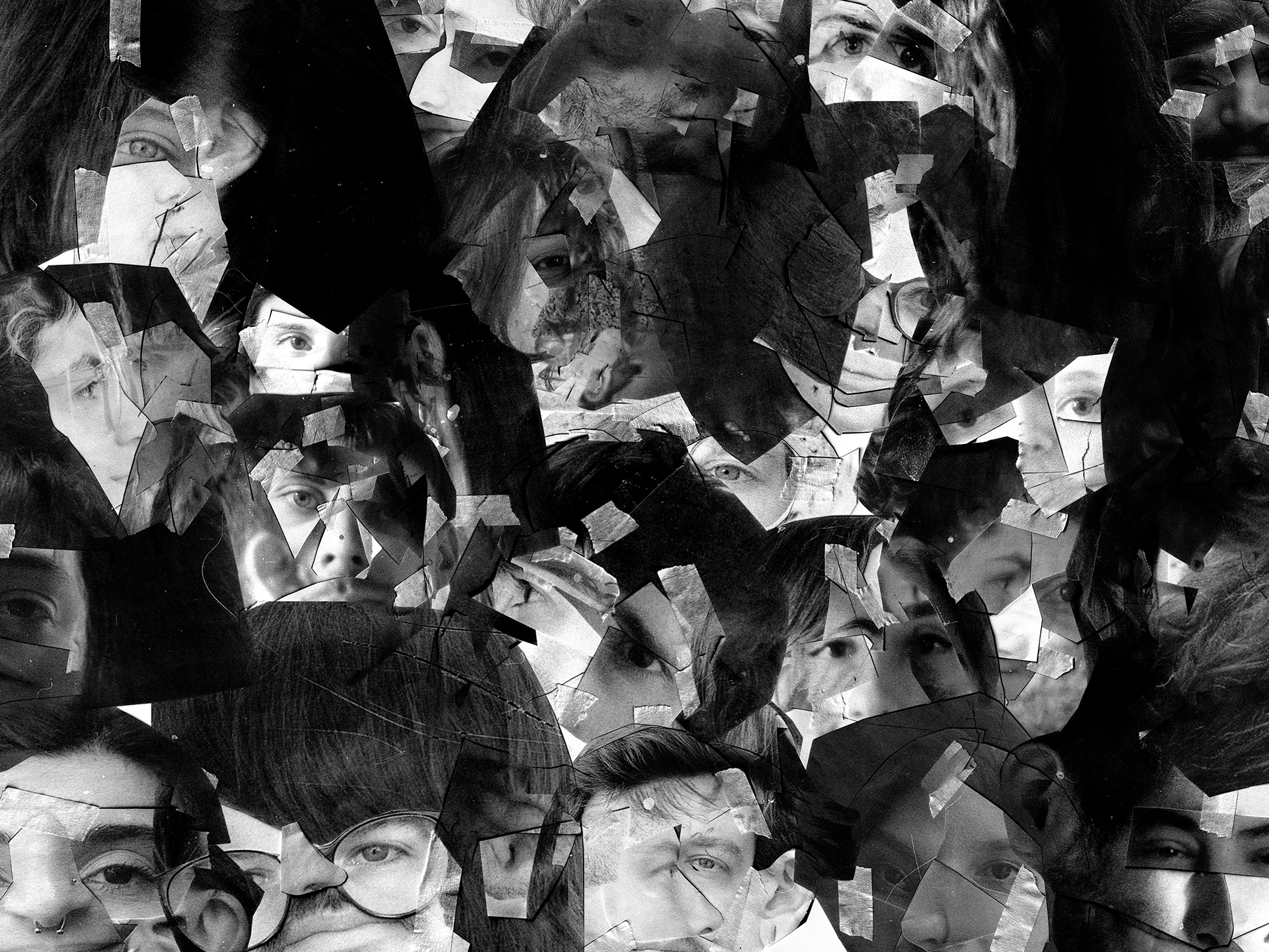Identity and Transformation Through the Lens of Space
Reported by Olga Sharafaneko
People tend to perceive the familiar, because our mind finde it as safe and nonthreatening. But the question arises: does the identity of an artwork change depending on the conditions of its representation? What role does the space itself play in this process?
The traditional format of exhibitions in a white cube has become a classic, focusing attention on a specific artist. But what happens when the identity of the space alters the meaning of the artwork itself?
The average art gallery visitor is accustomed to sterility: white walls and ceilings, paintings neatly hung on the walls, and sculptures standing separately. This environment creates a sense of isolation of art from real life: chaotic, diverse, and unpredictable.
An alternative approach is exemplified by Die Kunstanstalt Köpenick, Berlin ,Germany. An art space located in a former district court prison in Köpenick. Upon arrival, the first thing you notice is the old brick building with its high fence and small windows. Inside, the historical atmosphere remains intact: inscriptions by former prisoners are visible on the walls, which exude a sense of age. Each artist exhibiting here is allocated a 6-squaremeter cell to display their works. Interaction with such a space is already symbolic: every creator, like a prisoner, places themselves in a cell of their own ego, limiting themselves either unconsciously or deliberately.
An exhibition in such a place raises questions not just about the artists' work, but about the space itself. The spirit of isolation, impossible to ignore, is disrupted through interaction with art. By allowing viewers to see their works, both the artist and the space free themselves from the shackles of isolation, thereby influencing the perception of each subject, both individually and collectively.
The creative products brought into the space add a duality to the event. A mutual influence occurs between the space and the art. In one evening, a prison can transform into a banquet hall and a meeting place between the viewer and the art, changing its identity.
Society often seeks to categorize us, to assign us to a particular box. The rules of the contemporary art market compel the artist to stick to a chosen theme and style. But perception and meaning can be altered by adding an unconventional variable: the exhibition space. This combination creates a completely new perception of the art.
Consider the Vatican pavilion in an active women's prison on Giudecca, part of the 60th Venice Biennale. The main theme of this Biennale is "Strangers Everywhere," curated by Letizia Ragaglia. Visitors are thoroughly searched at the entrance and asked to leave all belongings, including phones. During the exhibition, you are greeted by inmates who explain the concept of the show. This is a meeting of the isolated with the outside world through the same variable, art. The prison remains a prison, the art remains art, but the context and atmosphere change. The shift from a passive viewer in a white space to an active participant creates a new level of interaction.
In 2024, art demands context, proximity to life, and the addressing of pressing social and spiritual issues. It is important to give voice to those whom society tends to isolate. The central theme of the Biennale encourages us to put ourselves in another’s shoes, as we are all strangers in some way. Identity, therefore, is a constant search for belonging, uniqueness, and a value system.
Every exhibition should be viewed as more than just a display of creative works hung on the wall. It is something more alive—an interaction that sparks reflections on the notion of "self" in the viewer, the space, and the artwork.
Choosing a prison as an exhibition space is a shift from a static form of display to a living, unpredictable act. The place of representation brings an inversion of meanings unattainable in the sterility of a white cube.
This challenges conventional definitions, offering the viewer an additional layer of meaning, and emphasizes the importance of the curator’s role, transforming the viewer from an art consumer into an active participant in the event.
Olga Sharafanenko is a figurative artist, art director, and painting teacher based in Berlin. A graduate of the Art Academy in Kyiv with a specialization in easel painting, Olga has participated in over 10 group and solo exhibitions across Europe and was a resident artist in Italy. Her research spans art history, the evolution of contemporary art, and philosophy. Currently, she is working on a curatorial project focused on the theme of emigration. Olga serves as UNHiNGED's Correspondent in Berlin, and we are excited to expand our reach beyond Tel Aviv in future editions.

